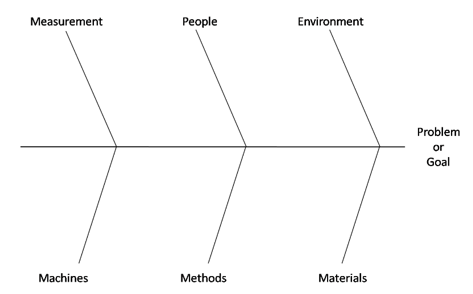DIFFERENTIATED LEARNING ALLOWS STUDENTS TO WORK AT THEIR OWN PACE TO SUIT THEIR NEEDS WHILE MAKING PROGRESS AGAINST COMMON GOALS.
Differentiation is not easy. In fact, it may be the most difficult skill in the teaching business.
And now with nearly all schools in the world dealing with a global pandemic, having moved to virtual learning due to COVID-19, differentiation requires a whole new set of skills.
For a great video on Differentiation + Distance Learning + COVID-19, from the pre-eminent scholar on differentiation: Carol Ann Tomlinson, watch the video below:
Tomlinson recommends that in these new and difficult COVID-19 times teachers should:
- Lead from their hearts and not from their brains (“Until Maslow’s needs are met, Bloom gets cut off at the pass”).
- Move away from the micro (getting through content) and towards the macro (big, important ideas, concepts, skills and themes)
- Provide as much choice as possible to students within the big picture ideas you have chosen.
- Ask students what they would like to learn in times like this.
- Meet with kids in clusters using technology centered around interests, skill sets and motivational levels.
- Provide opportunities for collaboration.
- Search for what makes teaching meaningful to you and rejuvenate these convictions.
Differentiated learning is important for all students, but perhaps most important for students with Special Needs.
Here is a link to an article entitled 10 Tips for Supporting Students with Special Needs in Remote Learning:
1. Know you students’ device’s accessibility features (screen magnifier, screen reader, Braille support, Select-to-Speak etc.
2. Know the accessibility features in the platforms and apps that your students use. (Twitter Immersive Reader, Google Docs Speech to Text etc.)
3. Identify reading supports that are available to your students (Helper Bird, Google Read and Write from Text Help etc.)
4. Make Closed Captioning Available (Google Slides, YouTube, Screencastify etc.)
5. Differentiated Group work (Schoology, Microsoft Teams etc.)
6. Provide multiple ways for students to respond and demonstrate comprehension (Choice Boards, Padlet, FlipGrid, Screencasting etc.)
7. Connect with your colleagues who have expertise in supporting these learners
8. Communicate with their parents (office hours for parents with Calendly, Flipgrid etc.)
9. Prioritize the social emotional needs of your students
10. Maintain the connections with your students
These are all good recommendations. Again, differentiation is an extremely different skill and without face-to-face in-person interactions between teacher and student, the skill can be even more difficult, particularly for veteran teachers that have come to rely on a less virtual teaching and learning environment.
As Michael Jordan once said: “Obstacles don’t have to stop you. If you run into a wall, don’t turn around and give up. Figure out how to climb it, go through it, or work around it.” Teachers are heroes just like MJ and will figure out how to differentiate for all learners, including Special Needs students in a virtual setting during a global pandemic.
References
Miller, Jake. 10 Tips for Supporting Students with Special Needs in Remote learning. Retrieved from https://jakemiller.net/supporting-special-needs-students-in-remotelearning/.
Tomlinson, Carol Ann. Distance Learning with Carol Ann Tomlinson. Retrieved from: https://www.youtube.com/watch?v=wdWLErtB2x8&feature=youtu.be


